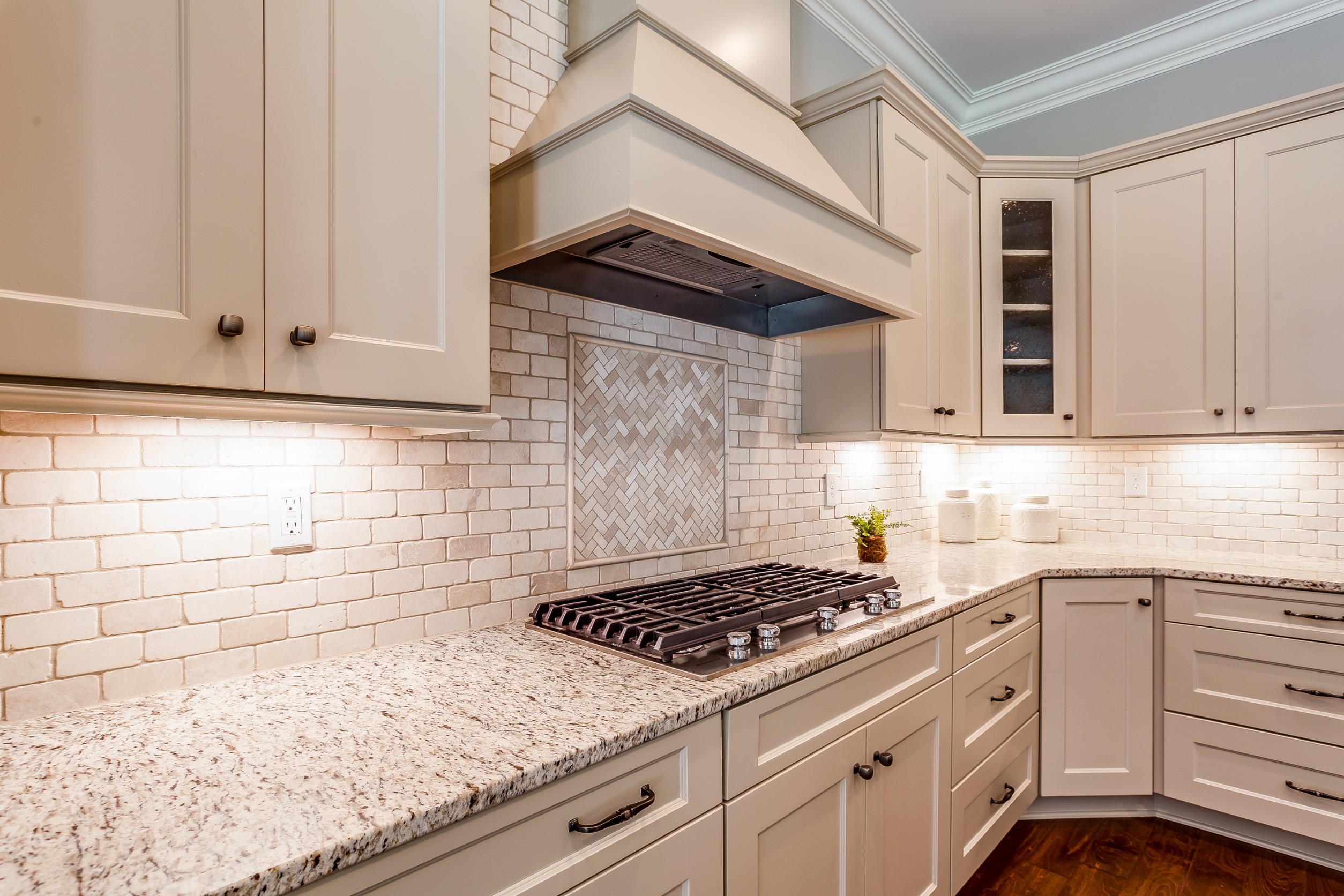The Significance of Exhaust Hoods in Your Kitchen
What is an Exhaust Hood?
An exhaust hood is an essential part of any kitchen that utilizes a stove or cooktop. It serves as a ventilation system that eliminates smoke, steam, and cooking vapors produced during cooking and expels them out of the kitchen. Exhaust hoods come in different sizes and designs and can be installed above a stove or cooktop to ensure that the air in your kitchen remains fresh and clean.
Function of an Exhaust Hood

Importance of Exhaust Hoods
Exhaust hoods are especially crucial if you use gas appliances in your kitchen. Gas stoves and cooktops produce carbon monoxide and other hazardous gases that can accumulate in your kitchen if they are not adequately vented. These gases can be harmful or even fatal if allowed to build up in your home. An exhaust hood will extract these gases and direct them outside, ensuring that your kitchen is safe and healthy.
Additional Advantages of an Exhaust Hood
In addition to eliminating smoke and fumes, an exhaust hood can also help reduce the amount of heat, moisture, and grease in your kitchen.
Reducing Heat: Cooking generates a lot of heat, which can make your kitchen uncomfortable and even unbearable during hot weather. An exhaust hood will remove the heat from your kitchen and expel it outside, keeping your kitchen cool and comfortable.
Reducing Moisture: Moisture from food and steam created by boiling water can cause condensation on kitchen surfaces. This can lead to mold and mildew growth, which can be harmful to your health. An exhaust hood will eliminate moisture from the air and direct it outside, preventing condensation from forming in your kitchen.
Reducing Grease: Cooking releases oils and fats into the air, which can settle on kitchen surfaces and create a greasy film that is challenging to clean. An exhaust hood will eliminate these oils and fats and direct them outside, preventing them from accumulating on your kitchen surfaces.
Types of Exhaust Hoods
Several different types of exhaust hoods are available on the market, including wall-mounted hoods, under-cabinet hoods, island hoods, and downdraft hoods.
Wall-Mounted Hoods: These hoods are fixed to the wall above the stove or cooktop and are suitable for kitchens with a range located against an exterior wall.
Under-Cabinet Hoods: These hoods are installed beneath the cabinets above the stove or cooktop and are ideal for kitchens with limited space.
Island Hoods: These hoods hang from the ceiling above a kitchen island and are ideal for kitchens with a cooktop located on an island.
Downdraft Hoods: These hoods are installed directly behind the cooktop and work by drawing air downwards and venting it outside through ducts.
